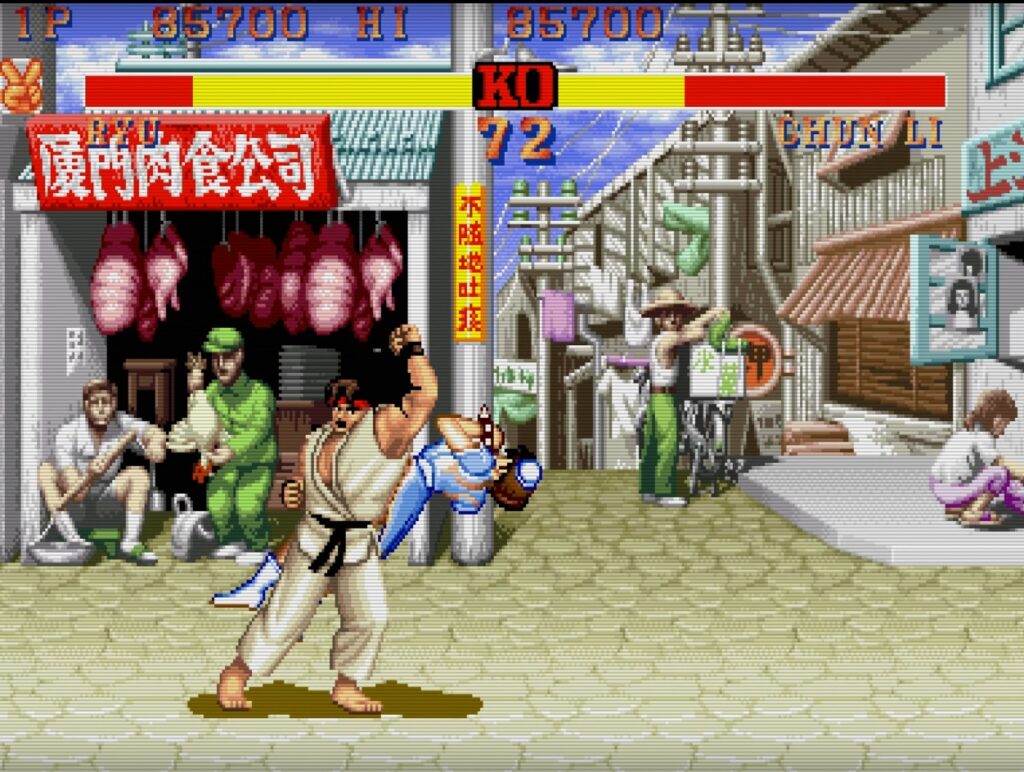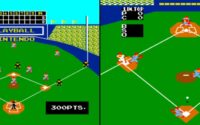The World Warriors: Tracing the Evolution of Street Fighter from Arcade to eSports
The Street Fighter series, an iconic franchise in the world of arcade gaming, stands as a testament to the evolution of the fighting game genre. The journey began in 1987 with the original “Street Fighter,” which, though less well known than its successors, laid the groundwork for what would become a gaming revolution. This initial game introduced players to Ryu and Ken, martial artists who embarked on a global fighting tour, setting the stage for an expansive universe of characters and stories.
The true seismic shift occurred with “Street Fighter II” in 1991, a game that not only revolutionized the series but also redefined the entire fighting game genre. It featured competitive two-player gameplay, a diverse roster of characters each with unique moves, and a combo system that allowed for creative and strategic play. This game became a fixture in arcades worldwide, fostering a competitive gaming community that thrives to this day. The popularity of Street Fighter II led to various iterations and updates, each adding new characters, enhanced graphics, and refined gameplay mechanics.

The series continued to evolve with titles like “Street Fighter Alpha,” “Street Fighter III,” and “Street Fighter IV,” each installment introducing new elements like super combos, parry systems, and 3D graphics while maintaining the core 2D fighting gameplay. Street Fighter V, released in 2016, brought the series into the modern era of gaming, with regular updates, character additions, and a focus on esports.
Street Fighter 6, the latest installment in the iconic series, launched on June 2, 2023, for PlayStation 4, PlayStation 5, Windows, and Xbox Series X/S, with an arcade version planned for late 2023. Developed on Capcom’s RE Engine the game supports cross-platform play and rollback netcode, a technique in online gaming that quickly synchronizes player actions by predicting them and then adjusting if predictions are incorrect. This reduces perceived lag and provides a smoother online gameplay expereince. The game features three game modes: Fighting Ground, World Tour, and Battle Hub. The Fighting Ground mode offers classic 2D fighting gameplay, while World Tour introduces a single-player story mode with a customizable avatar exploring 3D environments. The Battle Hub is an online lobby mode with a range of activities, including ranked matches and special events. The gameplay revolves around the Drive Gauge system, encouraging strategic use of various techniques. Additionally, Street Fighter 6 includes a real-time commentary system, adding a tournament-style feel to the game. With a roster of 18 World Warriors, including new characters, the game received critical acclaim and sold over 2 million units by July 2023
Street Fighter’s impact extends beyond the games themselves. It influenced pop culture, inspiring movies, comics, and a vast array of merchandise. The characters, especially Ryu, Ken, Chun-Li, and M. Bison, became iconic figures, recognizable even to those outside the gaming community. The legacy of the Street Fighter series in the arcade world is its enduring community. Tournaments like the Evolution Championship Series (EVO) highlight the series’ significance in competitive gaming. The depth of gameplay, strategic complexity, and character diversity have kept the series at the forefront of the fighting game community.
The Street Fighter series is more than just a collection of games, it’s a cultural phenomenon that transformed the arcade gaming landscape. Its influence on the fighting game genre is unparalleled, and its contribution to the broader gaming culture is indelible. As the series continues to evolve, it remains a cornerstone of not just arcade gaming history, but of gaming history as a whole.




